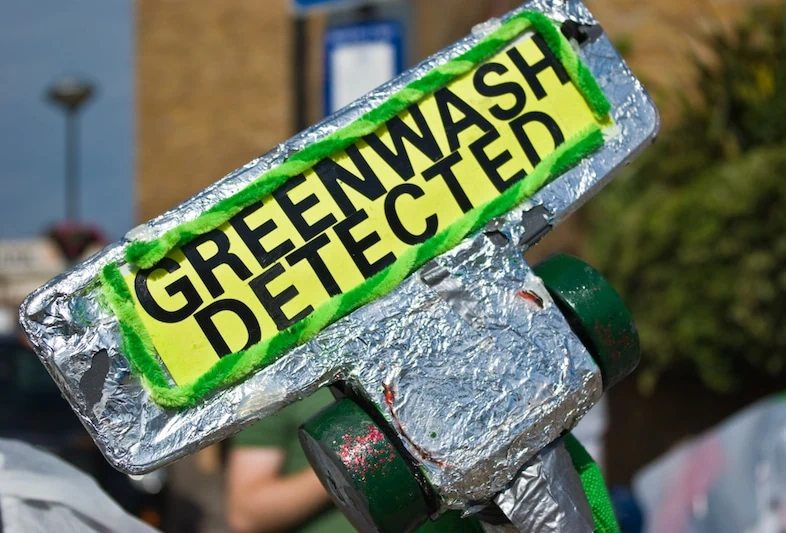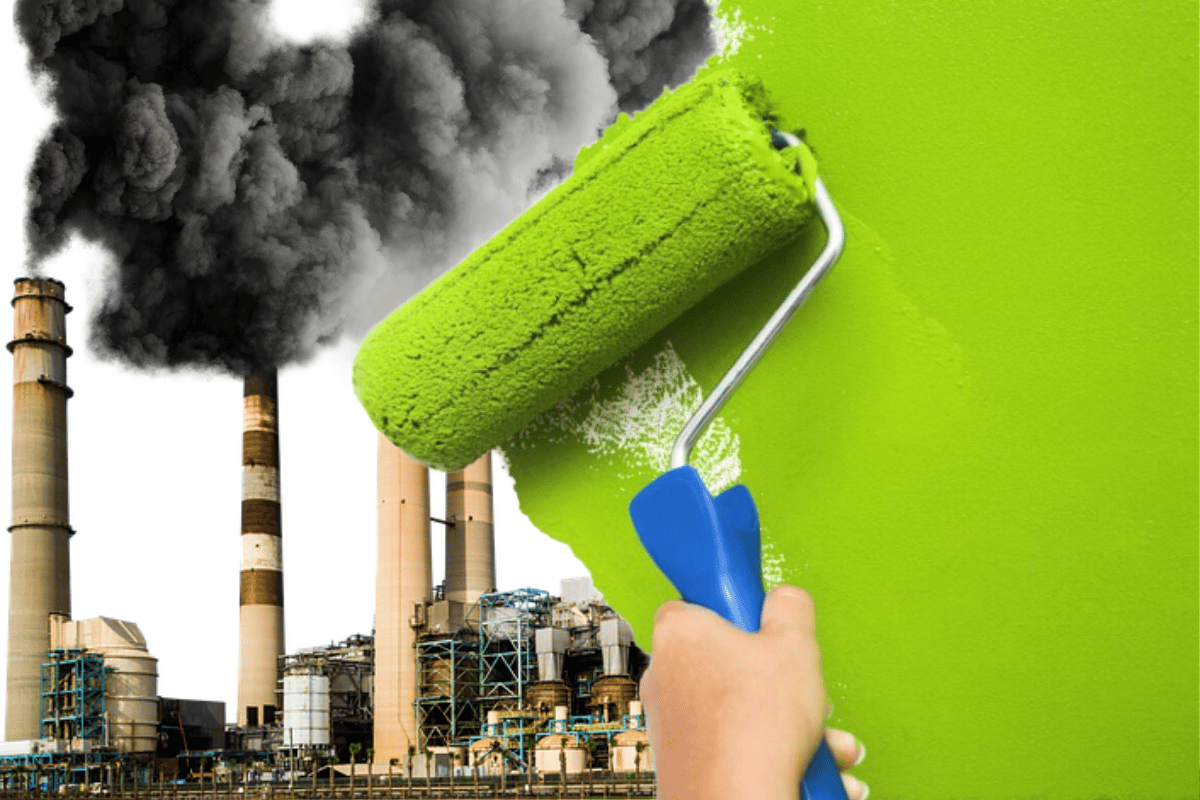You write it greenwashingit is read misleading advertising. There are many brands that have hit the headlines for this practice. But what is greenwashing? In a nutshell, it takes shape in the moment in which a brand claims environmental behavior or policies which are not proven in reality. The path of companies towards sustainability it is an increasingly felt element, which inevitably becomes an attractive element in the eyes of consumers. But how do you understand if we are faced with a case of greenwashing? We of Luce! we asked Robert OrangeIspra expert in EU Ecolabel environmental certification.
Doctor Alani can you give us some examples of greenwashing?
“A striking case was that of Coca Cola, where plastic bottles and caps were designed to be 100% recyclable. That’s what true greenwashing is because any production has an impact on the environment. So he misrepresented. She was sued because Coca Cola is the world‘s leading producer of plastic waste, generating 2.9 million tons of it a year. It also uses about 200,000 plastic bottles every minute, equal to one-fifth of the world‘s production of polyethylene terephthalate (PET) bottles. This plastic production also relies on fossil fuels, with significant consequences on CO2 emissions as well. Another striking case was discovered by the Competition and Market Authority and is linked to Eni which came out with a biodiesel that boasted impossible environmental performance (bio, green and renewable diesel, reduction of CO2 emissions by up to 40%). Eni was prohibited from continuing to use those advertising messages with a fine of 5 million euros (ie the maximum). In short, there are many examples”.
Who harms?
“First of all it damages the company, which loses visibility and share in the market, and then of course the consumer”.
What can help the consumer?
“Unfortunately, there is a lack of communication and control to avoid making the wrong choices. It would be important to carry out information campaigns aimed at consumers (advertising progress). The only piece of advice I can give is to always check if an ecological product has certification, in particular the EU Ecolabel”.
What should this certification be like and how does it work?
“There are 3 types of ecological labels regulated by the ISO 14020 standard, the international system that divides type I labels, issued by an independent third party, voluntary and based on a multi-criteria system that considers the entire life cycle of the product. Type I EU Ecolabel meets the objectives of Agenda 2030, objective 12: ‘responsible consumption and production’. The manufacturer’s commitment is to produce environmentally friendly products and services according to recognized international standards. The second type of label (ISO 14021) is self-declaration, but not controlled and verified by anyone (for example the ‘Recyclable’, ‘Compostable’ logos). We at Ispra are a public body that deals with the analysis of the documentation to issue the trademark. The Ecolabel criteria are very stringent. I must say that many companies have invested in green in recent years. And in this context, thanks to the fact that we at Ispra have an institutional task, namely the one linked to the development of the Ecolabel criteria for financial products at a European level, we also follow this topic at the Green Financial level. In fact, finance must intervene to achieve the objectives of the Paris agreement for the reduction of greenhouse gas emissions. The fight against greenwashing is achieved through standards. This is why in 2024 all banks and all companies that are listed on the stock exchange must respond to the EU Taxonomy and other regulations (Sustainable Finance Disclosure Regulation) and demonstrate that the assets they invest in are sustainable assets. It’s a very big revolution.”

What is Ispra bringing into play in this revolution?
“Ispra will make available the public environmental data and information that is required for compliance with these EU taxonomy criteria. The criteria refer to the standards that are imposed by directives or regulations at the European level. Qualitative and quantitative criteria that are renewed every 3 years to verify if there has been this shift in terms of climate. This is why the Ispra task force for sustainable finance was set up”.
What is the most impacting sector?
“For example, textiles and high fashion have a devastating environmental impact on the environment. At EU level, it is the fourth highest impact on the environment and climate change, after food, housing and mobility. The EU Strategy for sustainable and circular textiles has come out on the textile sector which obliges it to environmental management systems and must reach high standards. The textile companies listed on the stock exchange will have to, on the basis of the criteria of the Taxonomy, obtain recognized ecological and environmental quality certifications because otherwise they are not online and listed on the stock exchange, the banks will not issue them loans and the banks themselves will not receive the money from the European bank”.
However, the ecological product travels on a double track: that of the producer but also that of the consumer…
“Of course. Not only the producer but also the consumer who chooses an ecological product must know how to use and recycle it correctly”.
Is this a phenomenon that concerns only Italy or also other countries?
“It affects all countries. For example, 10 years ago we received an email from a consumer who had found a bleach with a CE mark similar to the Ecolabel but not identical which was actually made in china (CE = china export). The Chinese had disguised the logo and counterfeited it”.
In short, the green revolution of businesses and consumers has just begun.
